Jonah Rosner is a performance coach and sports science educator with a background in elite sport, including experience at the NFL level. His work focuses on turning the latest research in training and recovery into practical tools that help runners and hybrid athletes stay consistent and perform at their best.
For Rosner, recovery is where progress happens. That belief drives his interest in methods that make the process more effective without adding unnecessary time or complexity. One of the tools he relies on is Blood Flow Restriction (BFR). In this guide, he explores how Recovery BFR can help runners recover faster, reduce soreness, and return to training feeling stronger and more prepared for the next session.
You know the feeling. I’ve been there, you finish a long run feeling great, only to wake up the next morning with legs that feel like concrete.
Soreness lingers, recovery drags. But what if you could recover smarter, flushing out waste faster and getting back to running at your best, without adding hours to your routine? That’s exactly where Performance BFR comes in.

What is Performance BFR?
I use Hytro’s BFR wearables because they’re simple, fast, and effective, no wires, no pumps, just an easy strap that fits seamlessly into a runner’s routine.
Here’s what happens when you strap in: The strap holds blood in the working muscles, creating a pressurised environment that signals your body to release recovery-supporting hormones.
When you release it, fresh, nutrient-rich blood rushes in, helping clear metabolic byproducts like hydrogen ions and CO₂ while delivering the nutrients your muscles need.
Whether you’re cooling down or just sitting, it works passively, making it simple to slot into any routine.
Why runners should care
Running is repetitive, high-impact work that breaks down muscle tissue and leaves byproducts from energy metabolism behind. Without efficient recovery, that damage can build up, slowing progress and making it harder to train consistently.
From both the research and what I’ve seen with athletes I coach, BFR helps by:
Signalling your body to repair and rebuild: BFR creates a cascade of metabolic signals that can trigger a surge in growth hormone and other repair-supporting factors, helping strengthen muscle tissue and keep your legs more durable over time.
Reduces post-run soreness: Studies on passive BFR after hard workouts have found reductions in delayed-onset muscle soreness (DOMS) in the following days, so you feel fresher, faster.
Supports a faster return to training: In some studies, athletes using BFR recovered performance measures, like jump height or strength, 24 hours sooner than control groups.
Delivers a rush of fresh blood: When you release the strap, your body sends oxygen-rich blood back into the muscles, helping clear metabolic byproducts like hydrogen ions and CO₂ while delivering nutrients needed for recovery.
The result? More quality miles, less downtime, and training that stays on track.

How to use Hytro for Recovery BFR
Use the built-in strap settings to find a comfortable tension, no pressure gauges needed.
Passive Recovery (after your run)
1. Strap in at your usual setting - start at 1, progress to 2 over time
2. Here’s how I use it myself: sit or lie down for 3 sets of 5 minutes on, with 2 minutes off.
3. During this time, muscles swell and recovery hormones build, when you release, fresh blood floods the muscles and flushes out byproducts like hydrogen ions and CO₂
Active Recovery (the day after)
1. Strap in at a comfortable setting
2. I often recommend 15–20 minutes of gentle activity, walking, easy cycling, or light jogging, while strapped in
3. This helps drive circulation without adding impact or fatigue
Pre-session boost (1–2 hours before a run)
1. Strap in at your comfortable setting
2. Complete 3–4 cycles of 5 minutes on, with 5 minutes off
3. For me, this is a great way to prime muscles before a session, and it may even reduce the muscle damage you’d normally feel after a hard run.

The runner’s edge
Recovery isn’t just about feeling better. It’s about being ready to run again, sooner. With Recovery BFR, you’re actively supporting that process, not just waiting for soreness to fade.
More consistent training. More quality miles. More chances to perform at your best.
Don’t let soreness slow you down. I’ve made Hytro BFR a part of my own recovery toolkit, and it’s one of the simplest ways to bounce back faster. If you want to experience it yourself, check out their wearables.
References
- https://pmc.ncbi.nlm.nih.gov/articles/PMC8811521/
- https://pmc.ncbi.nlm.nih.gov/articles/PMC9505400/
- https://www.sportsmith.co/articles/blood-flow-restriction-essentials/
- https://pmc.ncbi.nlm.nih.gov/articles/PMC11167478/
- https://www.ausport.gov.au/ais/position_statements/best_practice_content/blood-flow-restriction-training-guidelines

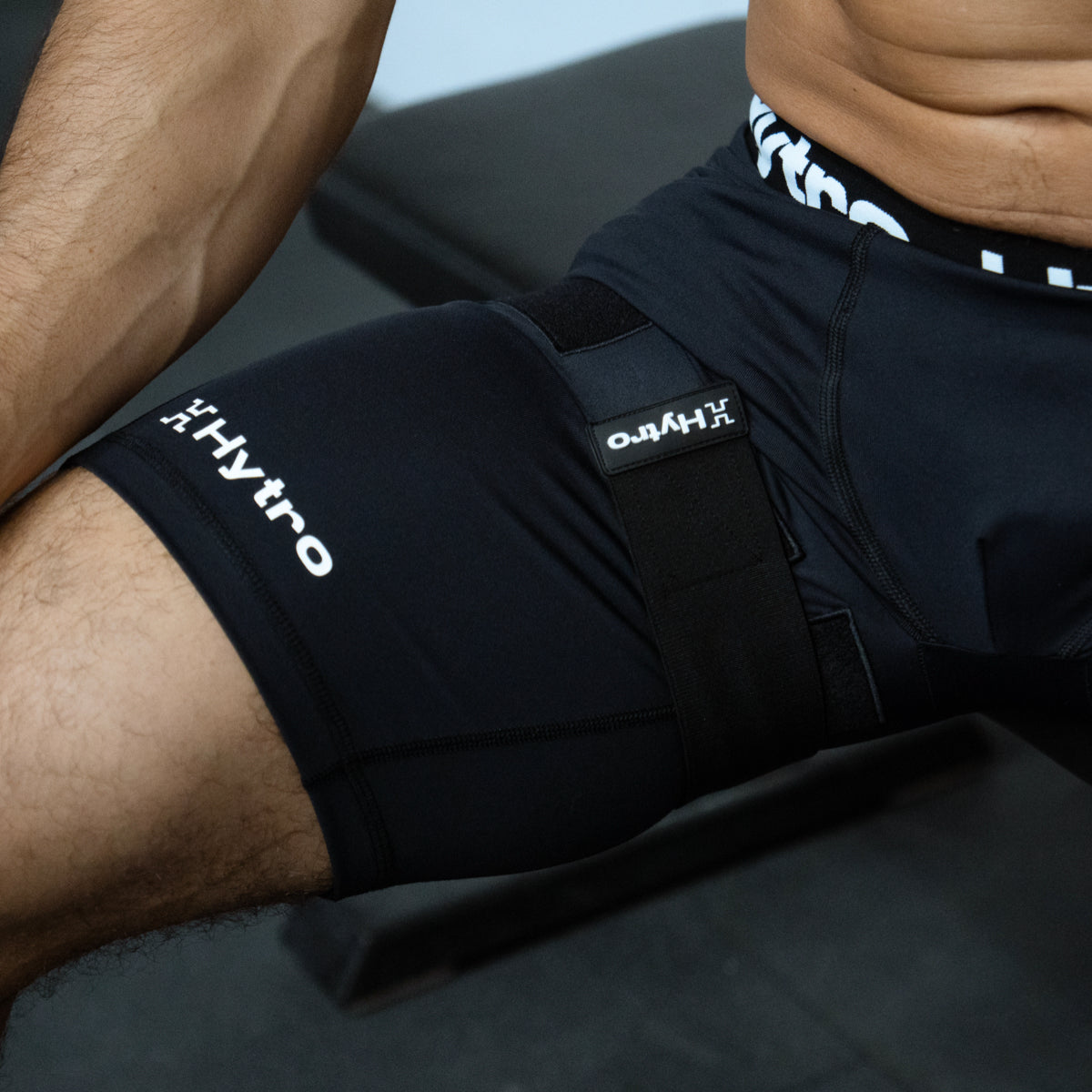
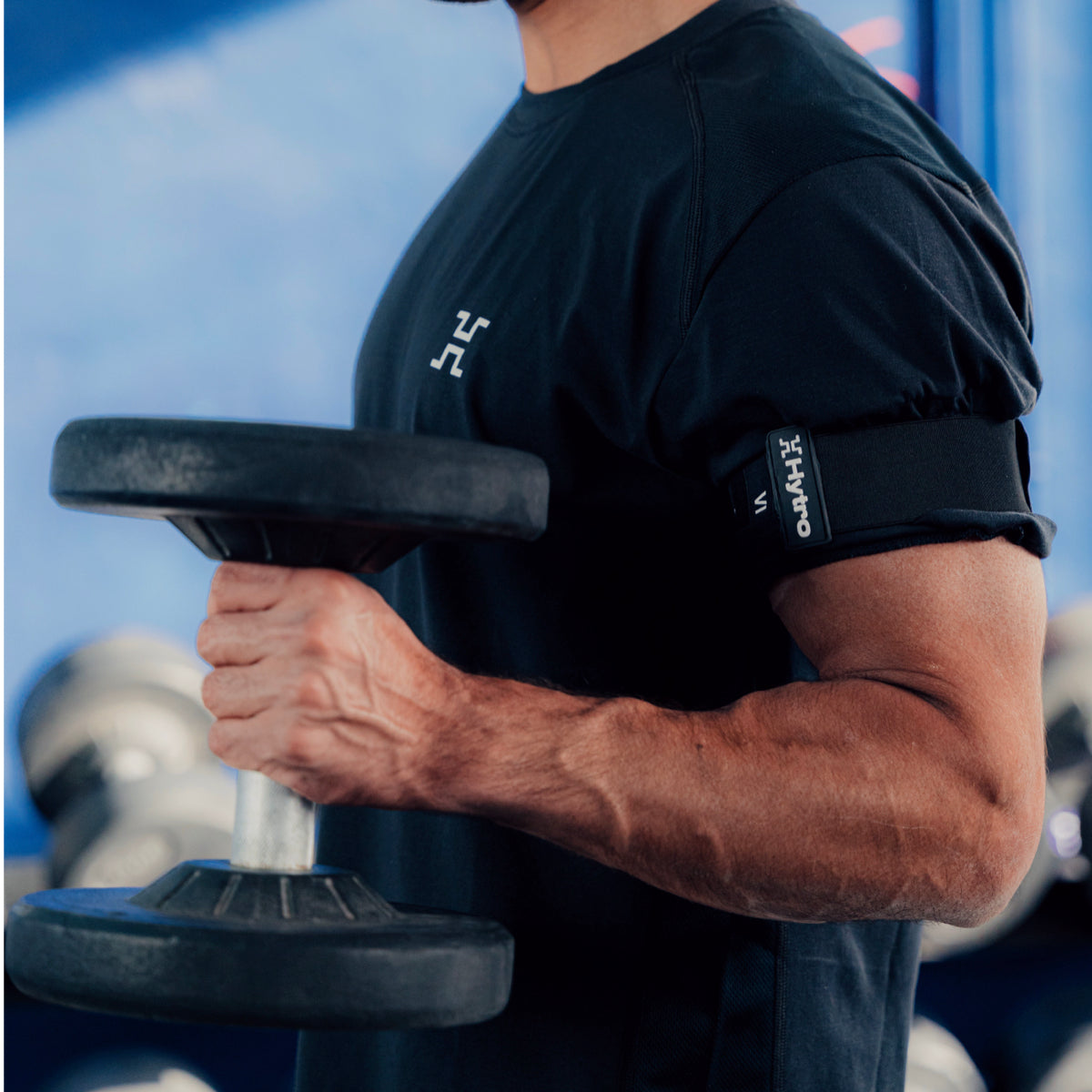
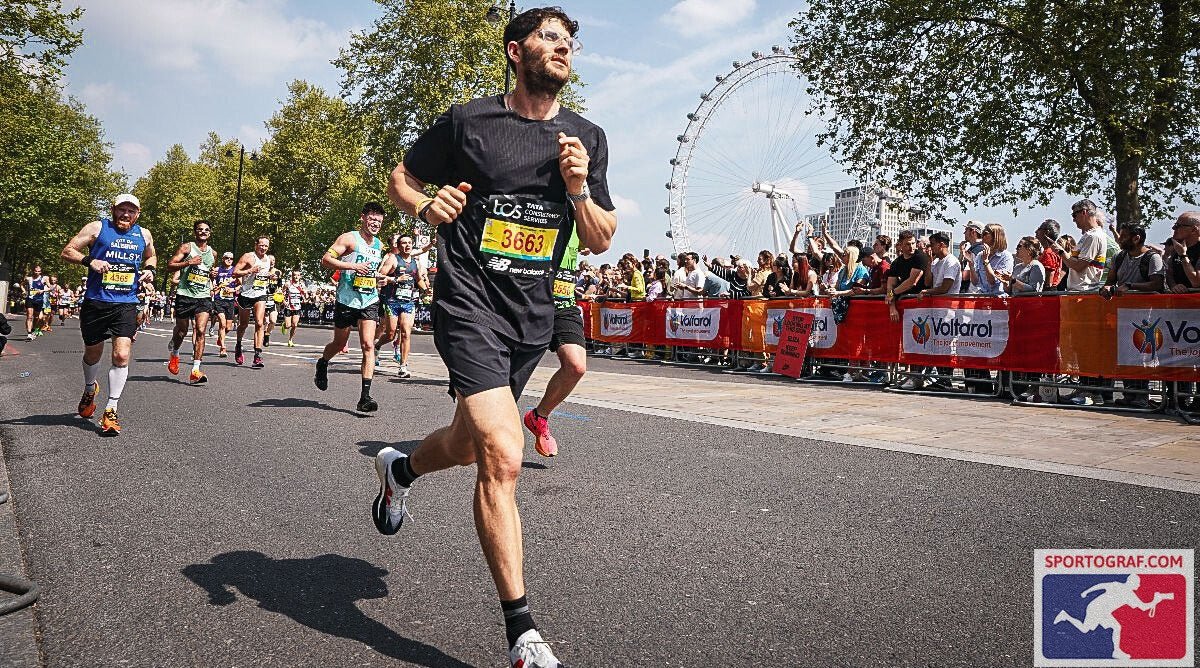
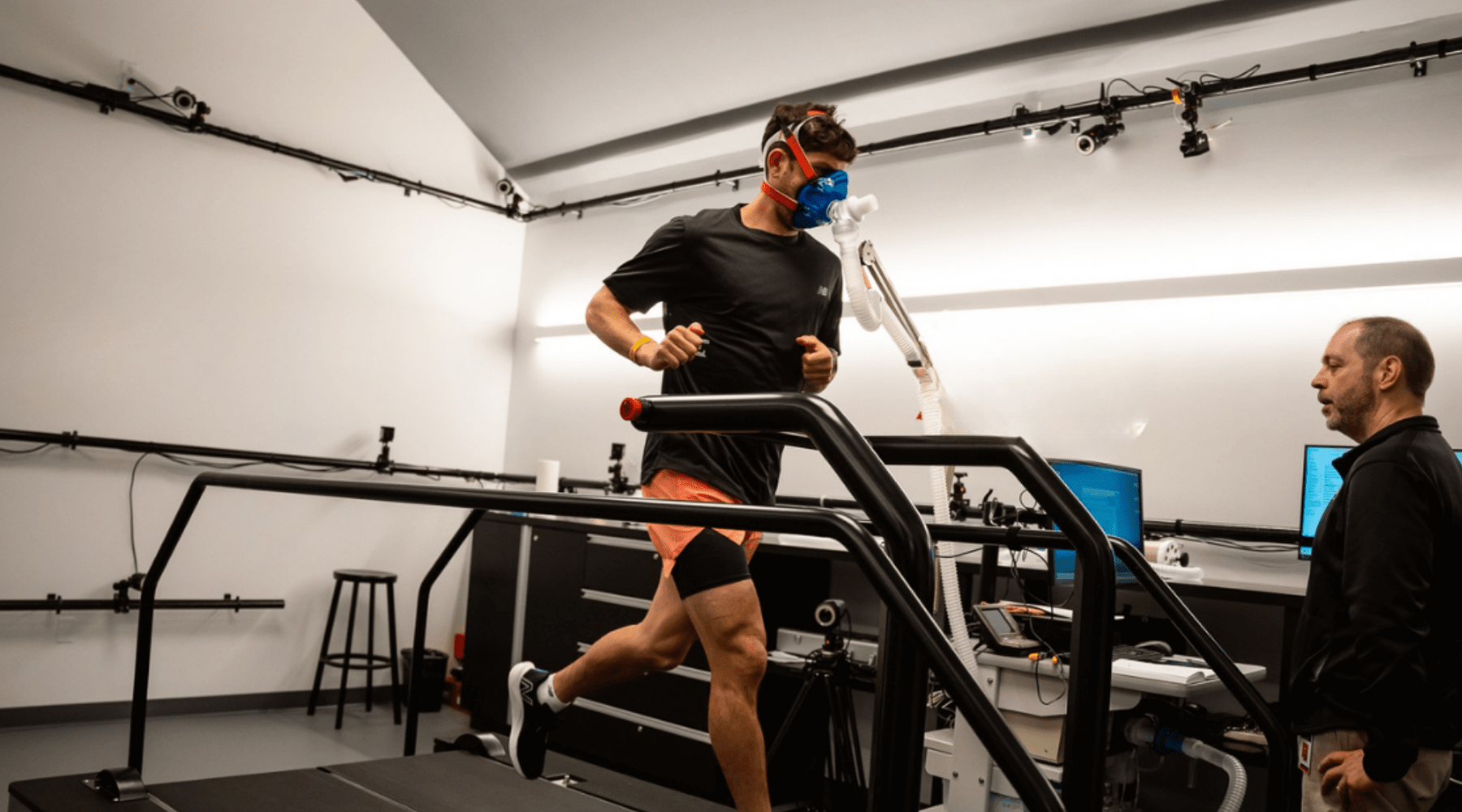
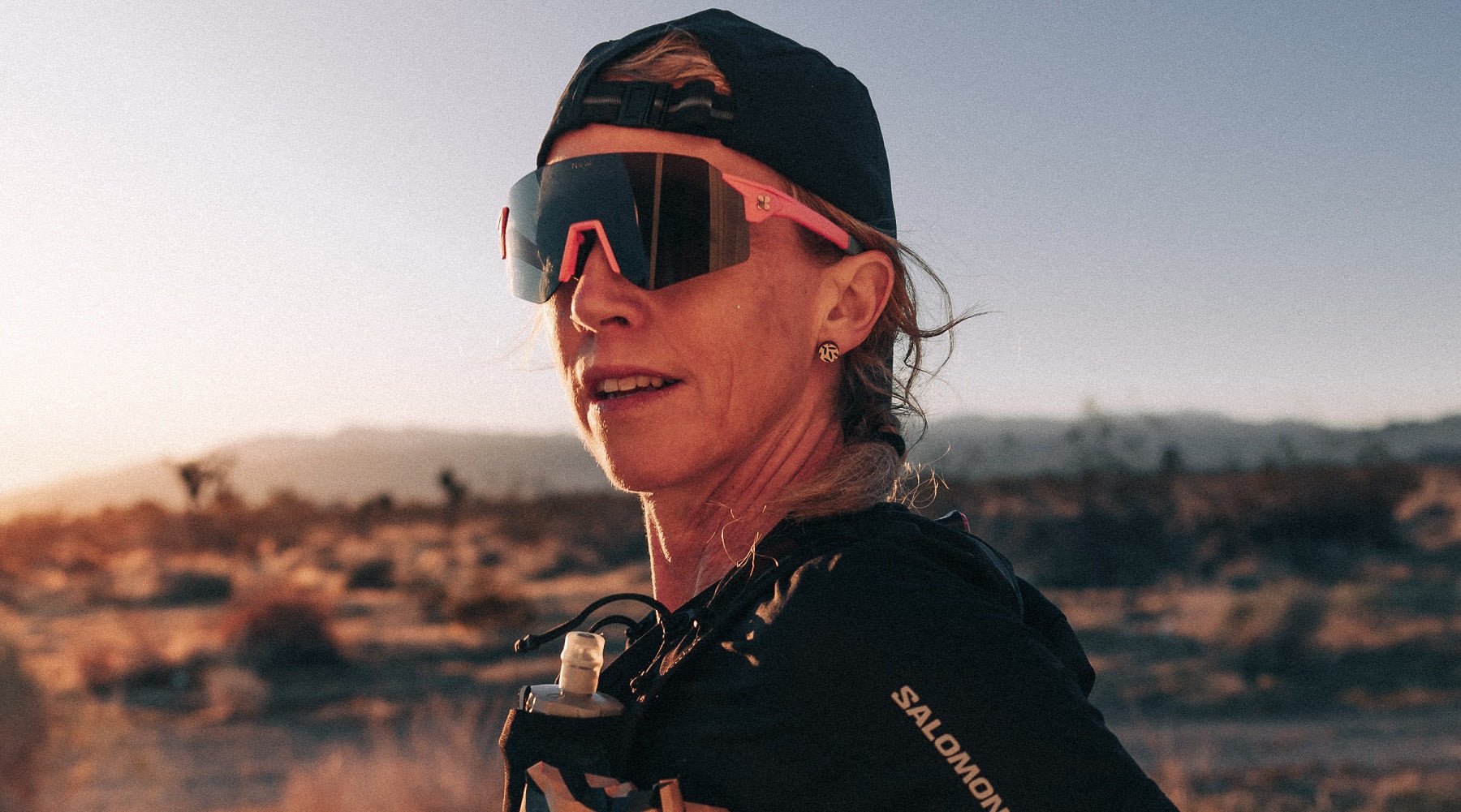
Leave a comment
This site is protected by hCaptcha and the hCaptcha Privacy Policy and Terms of Service apply.